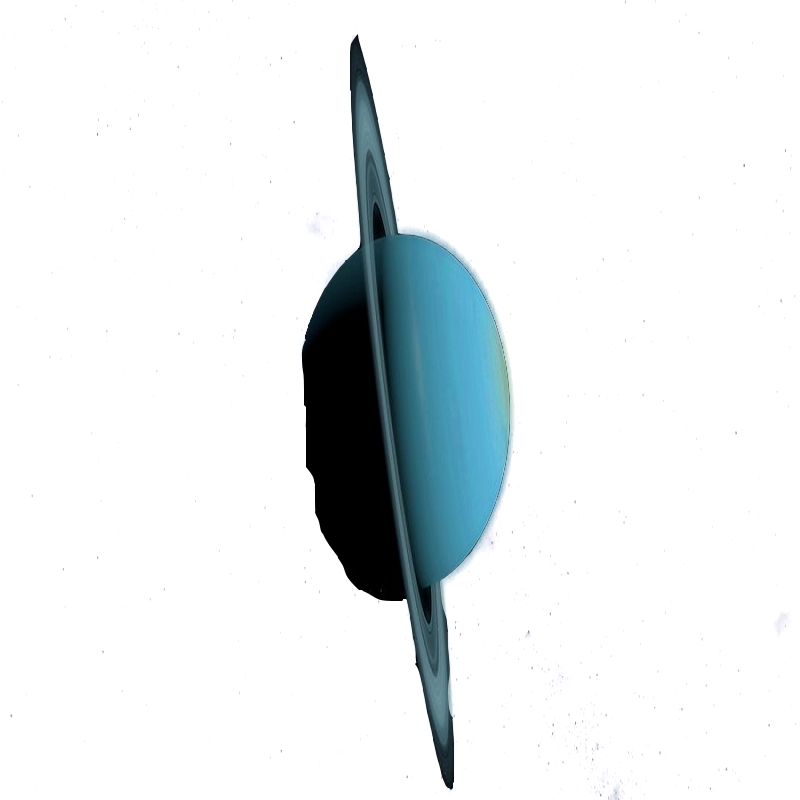PLANETS

Mercury
When it comes extreme temperature fluctuations, you can’t rival Mercury. The temperature throughout the day can often reach 840 degrees.

Venus
A day on Venus would last for 243 Earth days, whilst an entire year on Venus would last for 224.7 days – making a year on Venus shorter than a day!

Earth
You’d think the icy continent of Antarctica wouldn’t be considered a desert, but it is! In fact, the entire continent hasn’t received any rain for more than 2 million years, making it the driest place on Earth.

Mars
The biggest mountain out of all planets is on Mars. The name of that mountain is Olympia. Its height is 21 Km, and it is 600 Km long.But we know the earth’s highest peak is Mount Everest.It is 8848 meters high.

Jupiter
That spot is commonly called the “Great Red Spot” — a huge, swirling storm that has raged for at least 350 years. The storm is so enormous that about three Earths could fit inside it.

Saturn
Saturn’s ring system is very wide, spreading out over a distance of 175,000 miles (282,000 km.). If you traveled that distance from Earth, you would be more than halfway to the moon.

Uranus
Uranus is tilted to around 98 degrees. Whilst the other planets rotate like spinning tops, Uranus pretty much looks like it’s just rolling around in space. This also means its equator is almost at a right angle to its orbit.

Neptune
Because of Neptune distance from the Sun, It takes 164.79 Earth years to orbit the Sun once.This means that since it’s discovery in 1846, only one Neptunian year has passed!